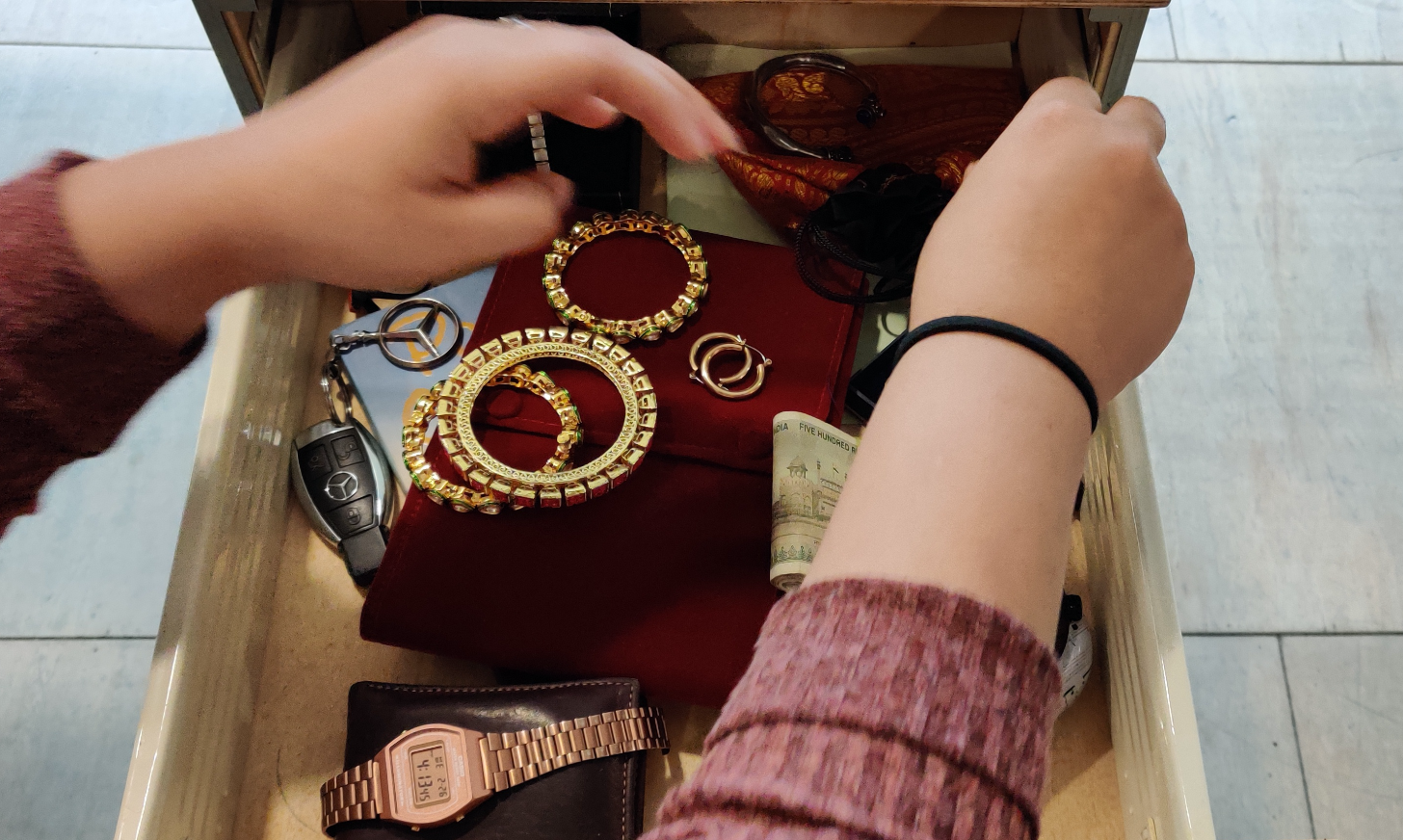


In a world where 98 out of a 100 people don’t use home safes and see it as irrelevant to their lives, security companies are struggling to innovate beyond building strength in a safe. How might we “increase entry into homes” for the home safe category? That’s the question Future Factory worked around when we worked with Godrej Security to reimagine the home safe category in India.
Past research had failed to highlight why home safes were not seen as relevant or valuable by potential users. The Future Factory team used special behavioural methods that could help decode human behaviour and explain the motivations that held back people from buying these products. The team studied people at the time they were likely to be most anxious about their valuables at home. Deep immersions were conducted during the auspicious day of Pongal in the town of Chennai, when Indians wore their best gold jewellery, and kept all that gold in their homes for days. We visited homes that were under renovation, where strangers such as workers/ consultants walked in and out, in the chaos that usually accompanies such work. Rapid ethnography during such instances and more, helped researchers and respondents “live in the moment” of anxiety and helped reveal the motivations that drove behaviour and influenced category adoption.
| Project | Goldilocks |
| Industry | Security |
| Scope |
|

In Indian homes, visitors and domestic help walk in and out several times a day, yet unlocked cupboards, even unlocked doors are pretty much the norm. Under such situations, there is a natural anxiety about the security of everyday valuables lying around. There seemed to be a large opportunity to craft a product that would help keep these valuables safe. Yet, they viewed home safes as a product that was not meant for such valuables. The research team uncovered the reason why. Because home safes were designed for very high security and not to keep everyday valuables safe, they were perceived for use only to guard exceedingly valuable items, which were usually stored in the bank. So, the clients business, was essentially competing with banks. Also, home safes were designed to be very inconvenient (they were fixed to walls and needed levels of security to be operated), while everyday home valuables needed a high frequency of access and convenience. For these reasons, home safes were not seen as relevant to the lives of indian consumers.

The recommended solution was an optimal balance between convenience and security for frequently used items and everyday valuables kept at home. We needed to design an offering that would be easy to operate, maybe even move around, yet be fairly secure. A new category in the domain of home security
We did this by replacing “physical security” by “electronic security”. Usually, safes are installed in Indian homes by cutting into walls and through floors, through permanent fixtures and installations. In contrast, the Goldilocks locker used electronics such as motion sensors, cameras, and mobile technology to sound alarms when moved without permission and notify home owners of possible break-ins. While physical security was at a notch lower than traditional home safes, the technology was a serious upgrade from current behaviour of storing such valuables in open, unlocked areas. Also, the mobility and portability of using “electronic safety”, was seen to be a major driver for home use and also addressed several new use case scenarios.
.jpg)
We needed to design a product that would be easy to operate, maybe even move around, yet be fairly secure. A new category in the domain of home security.
Reimagining for impact: Goldilocks was designed to “not be a home safe”. Therefore, the category codes of a lock and a key, were deliberately missing. Instead, an invisible touch panel lit up only on use, disguising its appearance. The cognitive quality of the product resembled an electronic product such as a router more than a safe, bringing in the mnemonics of “electronic safety”. Design enhanced the appeal by an enigmatic champagne metallic finish with a lightly engraved logo. And warm, plush interiors that invited users with well-marked spaces for items, balancing security with convenience in aesthetic terms.
Goldilocks was launched in 2015 and quickly became the larges selling product in the category. It has set a new benchmark in the category of home security.

Future Factory helps deliver business impact through design. Contact us for more information on how we can help.
Do you want to create transformation change through design? Read more about open positions.
We actively engage in conversations and help build interesting points of view. Sign up to join our community.